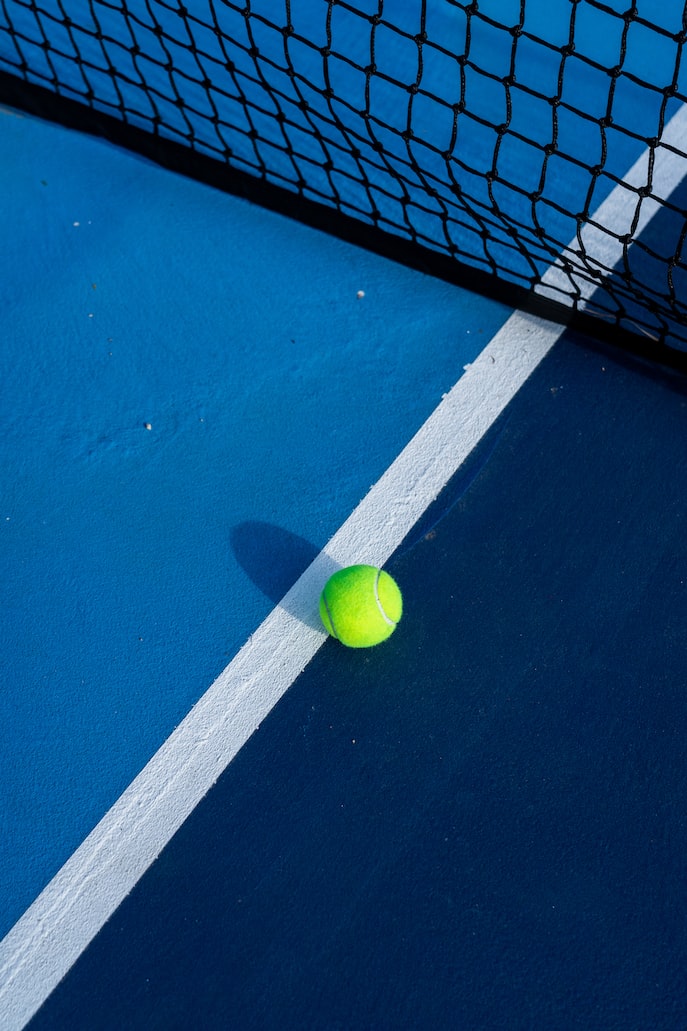Padel Tennis Terminology for Beginners
3 min read
Padel Tennis Terminology for Beginners
Welcome, aspiring padel players! Whether you’re new to the sport or simply brushing up on your skills, understanding the terminology is crucial for proper communication on the court. In this article, we will guide you through the exciting world of padel tennis and introduce you to some key terms that every beginner should know. So, grab your padel racket, put on your game face, and let’s dive in!
The Basics: Padel Tennis 101
Before we delve into the terminology, let’s briefly cover the fundamentals of padel tennis for our padel tennis beginners. Padel tennis is a captivating racket sport that combines elements of tennis and squash. Played on a court enclosed by glass walls and metal mesh, this game offers a unique and exhilarating experience for players of all skill levels.
The objective of padel tennis is relatively simple: hit the ball over the net and into the opposing court, ensuring it bounces within the designated lines. However, there’s a lot more to it than meets the eye. Now, let’s get acquainted with some essential padel tennis terms that will have you talking like a seasoned pro.
The Shots: Mastering the Padel Tennis Lexicon
1. Volley: The act of hitting the ball before it bounces on your side of the court. This stroke requires excellent reflexes and timing, making it an impressive display of skill when executed successfully.
2. Smash: When the ball is hit forcefully from above shoulder height, causing it to travel downwards with impressive speed and power. A well-executed smash can catch your opponents off guard and secure a point in your favor.
3. Lob: A strategic shot used to lift the ball high in the air, sending it over your opponents and potentially creating an advantageous position for your team. This shot requires finesse and precision, making it a valuable tool in your arsenal.
4. Serve: The initiating shot that starts each point. The server must hit the ball diagonally onto the opponent’s court, ensuring it travels over the net and bounces inside the service box. Mastering various types of serves will give you the upper hand in the game.
5. Half-Volley: A challenging shot where the ball is hit immediately after bouncing on your side of the court. This stroke requires precise timing and excellent footwork to execute successfully.
The Court: Understanding Padel Tennis Location Jargon
1. Baseline: The line at the back of the court that you and your team must stay behind during your opponent’s serve.
2. Net: The central divider of the court, creating two distinct halves. Padel tennis players must ensure their shots clear the net and land within the designated playing area.
3. Service Box: The area on either side of the net where serves must land for them to be deemed valid. It’s crucial to aim for the opponent’s service box strategically to gain a competitive advantage.
Padel Tennis Lingo: A Path to Sporting Fluency
1. Advantage: When a player or team is one point away from winning the game during a deuce (when the score is 40-40). Ah, the sweet smell of victory!
2. Deuce: When both teams reach a score of 40, this term signifies a tiebreaker situation. Whichever team wins the next point will gain the advantage.
3. Rally: An exhilirating exchange of shots between teams, showcasing their skill, and often resulting in intense back-and-forth gameplay.
Become a Padel Tennis Pro!
By familiarizing yourself with these padel tennis terms, you’ll start feeling like a true pro in no time. Remember, practice makes perfect, so grab a partner, hit the courts, and put your newfound knowledge to the test. It’s time to unleash your inner padel tennis champion!






